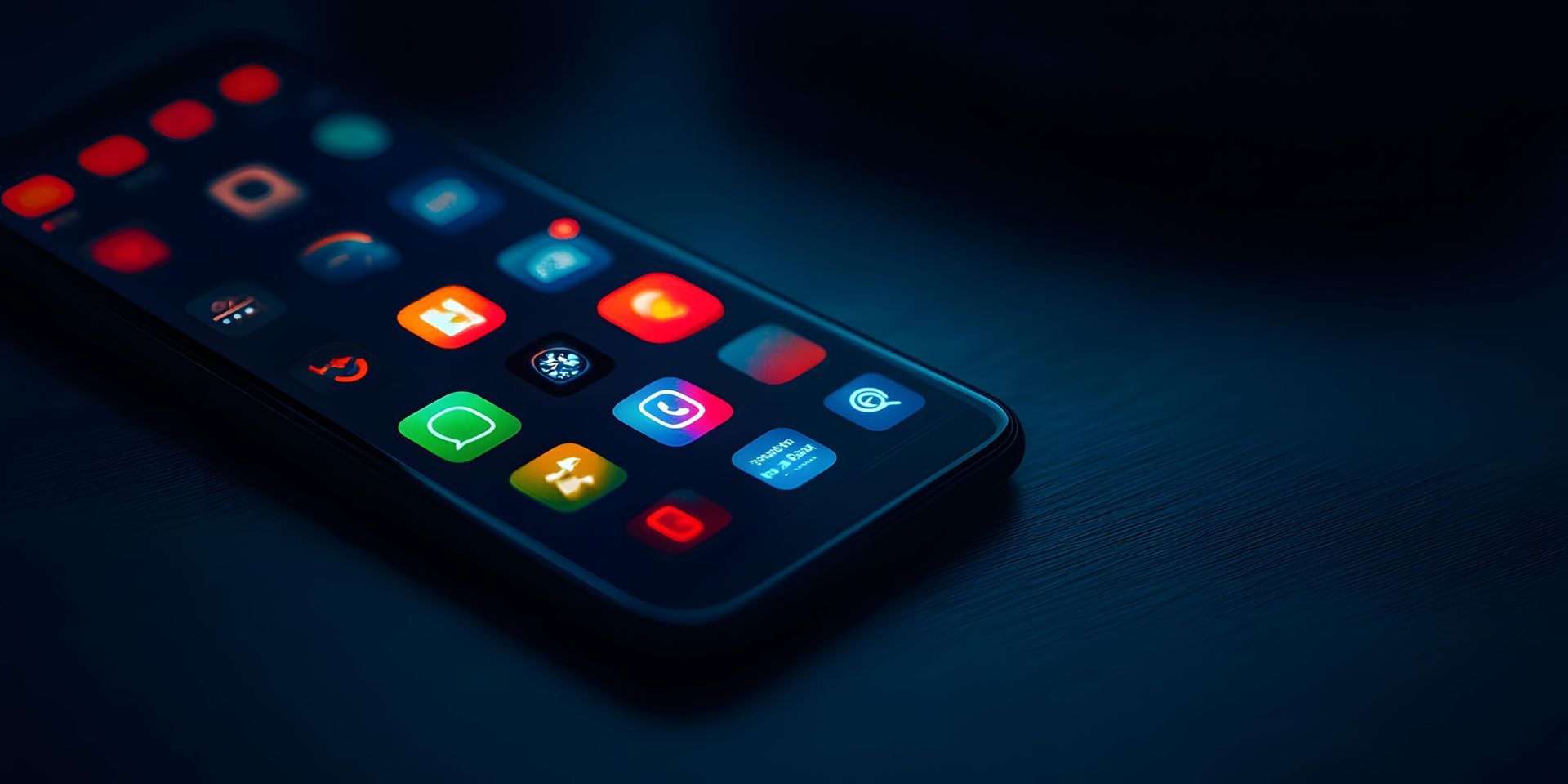Why Push Notifications Are a Game‐Changer for Small Businesses
Don't miss the opportunity to engage with your customers!

Key Advantages of Push Notifications
1. Immediate Reach and High Visibility
Push notifications pop up on the lock screen or desktop, ensuring your message is seen even when the user isn’t actively using your app or website. This immediacy is ideal for time-sensitive promotions (flash sales, limited-time offers) and urgent alerts (service outages or appointment reminders).
2. Superior Engagement Rates
With opt-in audiences, push notifications typically see click-through rates of 5–10% far above email marketing benchmarks. Because users explicitly grant permission, they’re more receptive to your messages, which translates to stronger engagement, higher conversion rates, and ultimately, more revenue.
3. Personalization and Segmentation
Modern push platforms let you segment subscribers by behavior, geography, purchase history, or even device type. This means you can deliver highly relevant messages such as a 20% coupon on running shoes to only those who viewed your sportswear collection—ultimately improving customer experience and increasing the likelihood of purchase.
4. Cost-Effectiveness
Many push notification services are priced on a per-subscriber or per-message basis, often with generous free tiers for small-scale use, or even bundled free as part of a low-cost support package. Compared to paid social media ads or SMS campaigns, push notifications require minimal spend yet deliver outsized returns in engagement and retention.
5. Rich Media Capabilities
Beyond plain text, push notifications can include images, emojis, and action buttons (e.g., “Shop Now,” “View Cart”), making messages more eye-catching and interactive. Some platforms even support deep linking, taking users directly to the relevant app screen or web page.
Real-World Examples: Boosting Sales and Engagement
Flash Sale Alerts
Imagine you’re running a weekend flash sale on artisanal coffee. A well-timed push notification—“48-Hour Sale: Get 25% Off All Single-Origin Beans! ☕️”can drive immediate traffic to your online store. By adding a “Shop Now” button that deep-links to your sale page, you minimize friction and make it easy to convert interest into purchases.
Abandoned Cart Reminders
Cart abandonment can account for up to 70% of online baskets. A push notification triggered 30 minutes after a cart is abandoned “Hey [Name], your cart misses you! Complete checkout now for free shipping.”can recover lost revenue and re-engage customers before they drift away.
Personalized Product Recommendations
Leverage browsing data to send one-to-one suggestions: “You loved our Classic Leather Wallet, here’s the matching Belt at 15% off!” This personalized touch shows customers you understand their preferences and increases average order value
Location-Based Offers
For brick-and-mortar retailers, geofenced push notifications open powerful opportunities. When a loyalty member walks within 500 meters of your café, trigger a “Welcome Back! Show this notification for a free espresso shot” message. This drives foot traffic and fosters real-world connections.
Appointment and Event Reminders
Service-based small businesses like salons, clinics, or consultancy firms can use push notifications to confirm bookings, send appointment reminders, or alert attendees when an event is about to start. Timely reminders reduce no-shows and keep schedules on track.
Loyalty Program Updates
Keep your most valuable customers engaged by notifying them when they reach a new tier or earn a reward point. “Congratulations! You’ve unlocked Gold status, enjoy a complimentary gift on your next purchase.” Such notifications reinforce positive behavior and encourage repeat business.
Best Practices for Effective Push Campaigns
1. Obtain Clear Consent
Promptly and politely ask users to opt in, explaining the value they’ll receive. Exclusive discounts, early access, or useful updates. Transparency builds trust and reduces opt-out rates.
2. Be Pithy and Actionable
Aim for no more than 40–50 characters in your headline and message. Use a single, clear call to action (“Shop,” “Book,” “Discover”) to guide user behavior.
3. Segment and Personalize
Group users by relevant criteria—past purchases, app usage frequency, geography and tailor messaging accordingly. A one-size-fits-all approach can feel impersonal and lead to high opt-outs.
4. Respect Frequency and Timing
Don’t overwhelm subscribers. Two to four notifications per month is often sufficient for promotions; transactional alerts (order updates, reminders) can be more frequent. Schedule messages based on local time zones and peak engagement windows (morning commute, lunch breaks, early evening).
5. Test and Measure
A/B test different headlines, rich media formats, and send times. Monitor key metrics,delivery rates, open rates, click-through rates, conversions and iterate on your strategy.
6. Provide Easy Opt-Out
Honor unsubscribe requests promptly. Maintaining goodwill—even when users choose to leave—preserves brand reputation and encourages future re-engagement through other channels.
Conclusion
For small businesses striving to connect with customers in a cluttered digital landscape, push notifications deliver a uniquely powerful combination of immediacy, personalization and cost-effectiveness. Whether you’re announcing a flash sale, reminding customers about abandoned carts, or inviting foot traffic to your storefront, well-crafted pushes can drive measurable results, from increased sales and higher order values to improved customer loyalty and retention. By obtaining clear opt-ins, segmenting intelligently, and respecting your audience’s preferences, you can harness the full potential of push notifications as a cornerstone of your marketing strategy. Start experimenting today, and watch your engagement and your bottom line soar.




